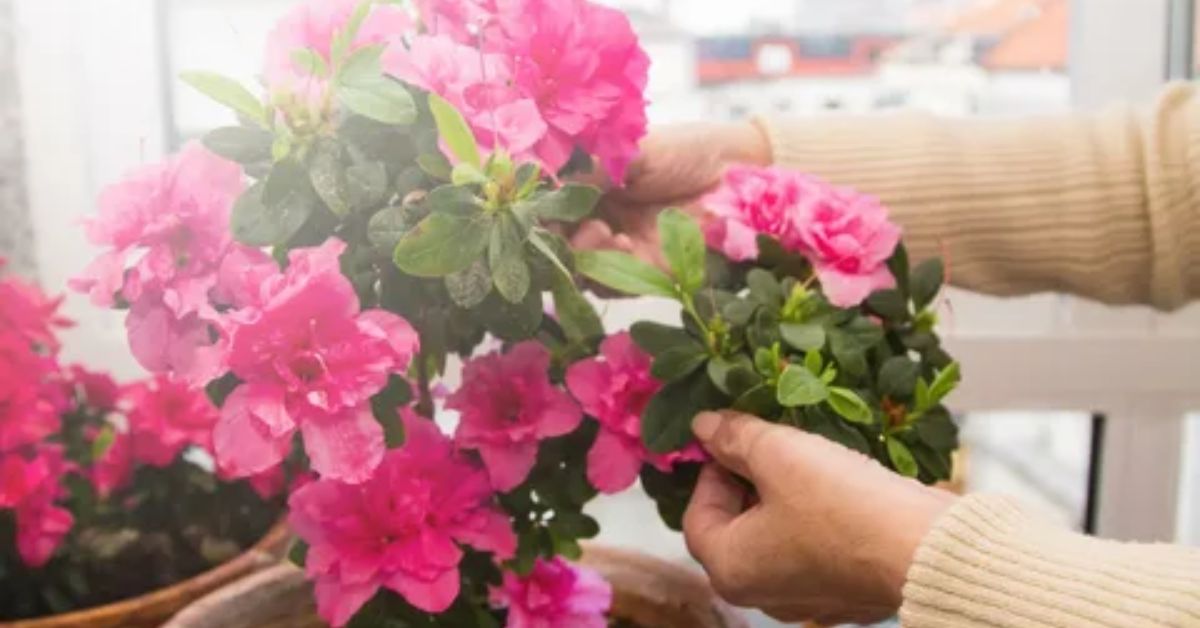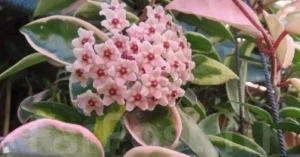Have you noticed that your Formosa azalea looks a little overgrown and there are fewer flowers every spring. You’re not alone. These truly beautiful flowering shrubs will put on their best show in your landscape with proper pruning, and they produce lovely pink-lavender blooms each year
When it comes to azaleas, timing is everything. You want to prune the Formosa azalea just after the flowering period – late spring/early summer – because cutting it back too early may take away next year’s flower buds. Wait too long and you’ll literally be cutting away your next spectacular show before it begins.
The secret to success lies in your approach: selectively remove about one-third of the oldest stems at soil level, trim back overgrown branches to shape the plant, and snip off spent blooms immediately after flowering. This three-part strategy encourages fresh growth where new flower buds will form, transforms a leggy shrub into a compact powerhouse, and directs the plant’s energy toward creating more of those breathtaking blooms you crave.
Best Time to Prune Formosa Azalea
Spring presents the perfect moment to prune your Formosa azalea. The ideal window opens immediately after the blooms fade, usually in late April or early May depending on your climate zone.
Pruning too late can rob you of next year’s floral display. Those beautiful flower buds form during summer on new growth, so get your trimming done within three weeks after blossoming ends.
Tools You’ll Need
Sharp, clean bypass pruners make precise cuts without crushing delicate azalea stems. For larger branches, a pair of lopping shears delivers the necessary power while small hand pruners excel at detailed work.
Disinfect all tools with rubbing alcohol before starting to prevent disease spread. Always keep a small bucket handy for collecting trimmings and wear gloves to protect your hands from scratches.
Read More : Secrets of the Black Olive Tree History and Uses
Understanding the Plant Structure

Formosa azaleas grow from a central crown with multiple stems radiating outward and upward. The oldest stems remain in the center while newer growth appears along the outer edges, creating the shrub’s distinctive rounded shape.
Flowers bloom primarily on year-old wood near the branch tips. Knowing this growth pattern helps you identify which stems to remove completely and which to simply shorten, preserving the plant’s natural form while encouraging maximum flowering.
Step-by-Step Guide to Pruning
- Start by removing any dead, damaged, or diseased branches, cutting them back to healthy wood.
- Take out the oldest, woodiest stems at ground level to stimulate fresh growth from the base.
- Thin out crowded areas by removing crossing branches that rub against each other.
- Shorten overly long branches by cutting just above an outward-facing leaf node or bud.
- Step back frequently to assess the overall shape and balance of the plant.
- Remove spent flower clusters by snipping just below the faded bloom.
- Cut back any branches that extend beyond the desired shape of the shrub.
- Clean up all trimmings from around the plant to prevent disease spread.
Shaping the Plant for Better Growth
Focus on creating a pleasing, natural form by selectively thinning interior branches to allow light and air circulation throughout the entire shrub. Remove any crossing, rubbing, or inward-growing branches first, then step back frequently to assess the overall shape.
Prune to enhance the plant’s natural vase-like structure, slightly wider at the top than the bottom. This shape ensures sunlight reaches all parts of the plant and encourages growth from the base. Make your cuts at branch junctions or nodes to promote healing and stimulate new branching exactly where you want it.
Deadheading and Light Trimming
| Task | Timing | Technique | Benefits |
| Deadheading | Immediately after flowers fade | Snip just below spent bloom clusters | Prevents seed formation and redirects energy to new growth |
| Pinching new growth | Early spring | Remove 1/2 inch of soft stem tips with fingertips | Creates bushier habit with more branching |
| Shape trimming | Mid to late spring | Cut back wayward branches no more than 1/3 their length | Maintains compact form without sacrificing next year’s blooms |
| Cleanup trimming | Any time | Remove broken or diseased branches at their base | Prevents disease spread and improves appearance |
| Rejuvenation snips | After flowering | Cut back 3–5 oldest stems to ground level annually | Stimulates fresh flowering wood from the base |
| Header removal | Late spring only | Clip off dominant vertical shoots | Encourages horizontal branching for fuller appearance |
Common Mistakes to Avoid

Many gardeners ruin their azaleas by shearing them like a hedge, creating a dense outer layer that blocks sunlight from reaching inner branches. This creates a hollow plant with flowers only on the exterior surface and eventually leads to weak, leggy growth patterns.
Never prune during late summer or fall months. Cutting during this period removes the flower buds already formed for next season. Avoid removing more than one-third of the plant in a single pruning session, as excessive cutting stresses the shrub and reduces its overall vigor.
After-Pruning Care Tips
- Water thoroughly after pruning to reduce stress on the freshly cut plant.
- Apply a 2-inch layer of organic mulch around the base, keeping it several inches away from the stems.
- Feed with an acid-loving plant fertilizer at half strength within two weeks of pruning.
- Monitor the plant closely for new growth, which indicates successful recovery.
- Protect newly pruned azaleas from intense afternoon sun for the first week.
- Avoid overhead watering to prevent fungal issues on fresh cuts.
- Remove any dead or dying branches that become apparent in the weeks following pruning.
- Watch for pests that might attack the vulnerable plant during its recovery period.
Frequently Asked Question
How drastically can I cut back an overgrown Formosa azalea?
Never remove more than one-third of the plant in a single season to avoid shock. For severely overgrown plants, spread rejuvenation over three years.
Will pruning stimulate more growth?
Yes. Strategic pruning encourages branching and new growth where fresh flower buds will form, resulting in more blossoms.
Can I prune in fall or winter?
Avoid fall or winter pruning as you’ll remove next year’s flower buds. Stick to the three-week window after flowering ends.
What should I do with branches that grow much taller than the rest?
Cut these “water sprouts” back to maintain the plant’s natural shape, making cuts just above an outward-facing leaf node.
How can I tell which branches are too old?
Older branches have gray-brown bark, fewer leaves, and reduced flowering. They’re typically located in the center of the plant
Conclusion
By employing a few simple techniques in pruning your Formosa azalea, you can take a plant that has become overgrown and turn it into a blooming, life-filling show-stopper that will be the envy of everyone in your neighborhood. Remember timing is everything—follow the rules above and prune immediately after the flowering is finished.
Your efforts will pay off with a healthier plant structure that withstands storms better and produces more blooms each year. The first season after proper pruning might show modest improvements, but by year two, you’ll see a dramatic difference in both plant shape and flowering abundance.
By committing to do this each year with your azaleas, they will give you decades of visual magnificence in the spring. The few moments with the pruners that this will take will create a sustainable beauty that becomes an asset to your landscape, and other people’s joy with every season’s vibrancy.




